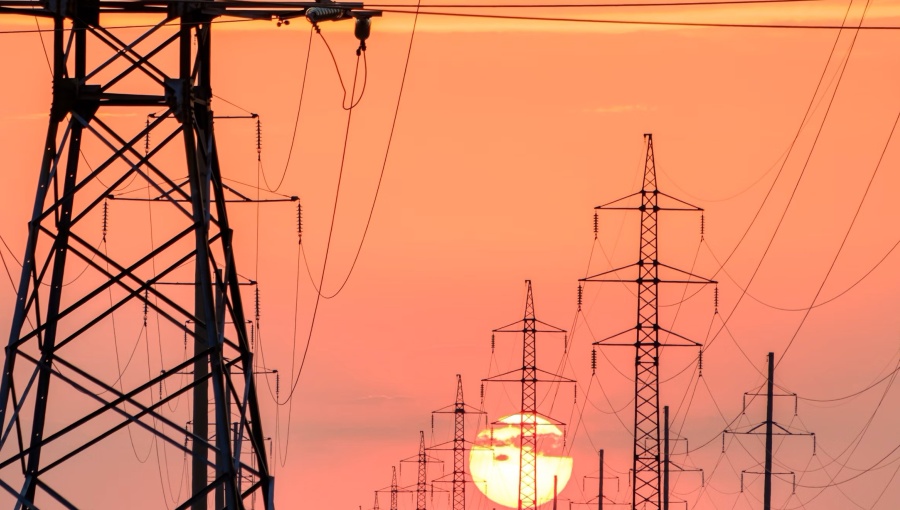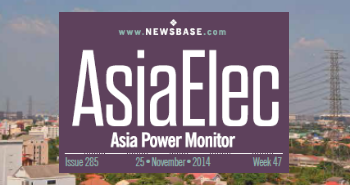ASEAN ministers launch ambitious plan to finance regional power grid

In a significant step toward deeper energy integration, ASEAN’s energy, economic and finance ministers convened virtually on August 14 to unlock new financing mechanisms for the ASEAN Power Grid (APG).
The meeting, chaired by Malaysia’s Energy Minister Dato' Sri Haji Fadillah bin Haji Yusof and co-chaired by Economic Minister Tengku Datuk Seri Utama Zafrul Tengku Abdul Aziz, along with Finance Minister Datuk Seri Amir Hamzah Azizan and Central Bank Governor Dato’ Sri Abdul Rasheed Ghaffour, marks a high-profile stride in cross-sectoral cooperation aiming to reshape the region’s energy landscape. A joint media statement titled Ministerial Interface Meeting on Financial Mechanisms for the ASEAN Power Grid was released and Timor-Leste attended in observer capacity it was later reported.
Vision for APG
The meeting emphasised the APG’s importance as a tool for ensuring energy security, bolstering economic competitiveness, narrowing development gaps, and accelerating the region’s industrial transformation via enhanced energy connectivity, the report says. Central to this vision is the promotion of multilateral power trade, enabling countries richer in renewables, such as Laos or Malaysia, to deliver electricity to those facing supply constraints, thereby building resilience and fostering economic vibrancy.
Existing projects
Ministers highlighted existing interconnection projects such as the Lao PDR–Thailand–Malaysia–Singapore Power Integration Project (LTMS-PIP) and the Brunei–Indonesia–Malaysia–Philippines Power Integration Project (BIMP-PIP) as foundational steps toward comprehensive APG realisation.
The meeting also anticipated the signing of an enhanced Memorandum of Understanding (MoU) and the establishment of a Subsea Power Cable Development Framework in 2025 to strengthen governance and operational mechanisms.
ASEAN Power Grid financing initiative (APGF)
A central outcome was the launch of the ASEAN Power Grid Financing Initiative (APGF), developed in partnership with the Asian Development Bank (ADB) and World Bank (WB). The APGF is conceived as a coordinating platform that drives blended capital mobilisation, supports project preparation, and aligns with ASEAN’s commitment to meeting the 2030 Sustainable Development Goals.
The ADB pledged up to $10bn over the next decade for cross-border interconnections, domestic grid enhancements, and renewable energy projects for export. The World Bank pledged $2.5bn through its Accelerating Sustainable Energy Transition Multi-Phase Programmatic Approach (ASET-MPA), approved in 2024. Both institutions will also supply technical assistance, capacity building, and advisory services for public-private partnerships.
Hard reality
While ambitions are high, the road ahead is fraught with challenges, both technical and geopolitical. These include a slow project roll-out period.
Of 18 priority interconnection projects, only nine have been completed, and most inter‐country links remain bilateral rather than multilateral. The landmark LTMS-PIP remains one of the very few true multilateral initiatives. Political mistrust and policy instability also remains an issue with regional distrust and frequent policy shifts - especially in governments with short electoral cycles - have undermined investor confidence. The absence of a formal dispute resolution mechanism compounds risk, though the forthcoming MoU may include such safeguards.
Legal complexity adds to the uphill battle with ASEAN demands understood to be daunting. Estimates suggest at least $100bn will be required for new transmission infrastructure, while the World Economic Forum cites a funding gap of $150bn annually to achieve clean energy targets by 2030 - yet current commitments stand at only $30bn.
Legal frameworks must also work to navigate multilateral complexity, as highlighted by Laos’ 1,000-MW solar project to China, requiring bespoke contracts among four stakeholders.
Continued dependence on coal in the interim is likely as despite growing interest in renewables, coal remains dominant in many nations. Indonesia’s coal-fired capacity has doubled since 2015; coal still accounts for 44% of ASEAN’s electricity, and emissions continue to rise, Enerdate reports.
Grid shortcomings don’t help as renewable deployment is lagging except in Vietnam, which leads with 23 GW of wind and solar. Others struggle with low capacity (0.7–5 GW) and significant curtailment due to grid constraints with Vietnam curtailing output by 40% at one site in 2022 according to Ember.
In addition, demand-side management tools, smart meters, and energy storage systems remain under-utilised owing to underdeveloped regulatory and digital infrastructure. Leading in these areas are technical barriers and compatibility issues with ASEAN’s diverse grid technologies and standards complicating synchronous interconnection and requiring careful technical integration, often via HVDC links, to manage mismatches.
Geography too plays a part that cannot be immediately fixed as island and national grid vulnerabilities persist. In the Philippines, energy supply in some areas relies on fragmented submarine-linked grids that remain vulnerable to sabotage, natural disasters, aging infrastructure, and insurgency threats.
APGF responses
The APGF and associated governance platforms promise to address these hurdles:
-
Financial Risk Mitigation: By pooling MDB support and blending finance, APGF can offer tools such as guarantees, grants, political risk insurance, and concessional loans to attract private investment.
-
Policy Stability and Coordination: The APGF Working Group (comprising ASEAN Secretariat, Centre for Energy, ADB, WB) and the new Partnership for ASEAN Connectivity on Energy (PACE) will enhance political coordination, pipeline development, and stakeholder alignment.
-
Technical Capability Building: ADB and WB will also provide technical support and advisory services to ASEAN member states to upgrade grids, integrate renewables, and design bankable projects.
-
Institutional Foundation: The enhanced MoU and subsea framework will formalise structure and governance, and may embed dispute resolution protocols to build trust.
The road ahead
The APGF’s planned launch at the 43rd ASEAN Ministers on Energy Meeting (AMEM) in October 2025 signals intent - but delivering outcomes will require more than sums of cash. To be taken seriously ASEAN must prioritise grid modernisation and renewables; shift policy from coal-dependence to coordinated clean energy markets, establish coherent regulatory frameworks and data-sharing platforms to enable multilateral trade and invest in digital and demand-side infrastructure to boost flexibility and resilience.
In the longer-term, it would also be beneficial to forge long-term political consensus and dispute resolution to ensure continuity and investor confidence while unlocking innovation in legal and financial instruments to mobilise private capital at scale.


Follow us online